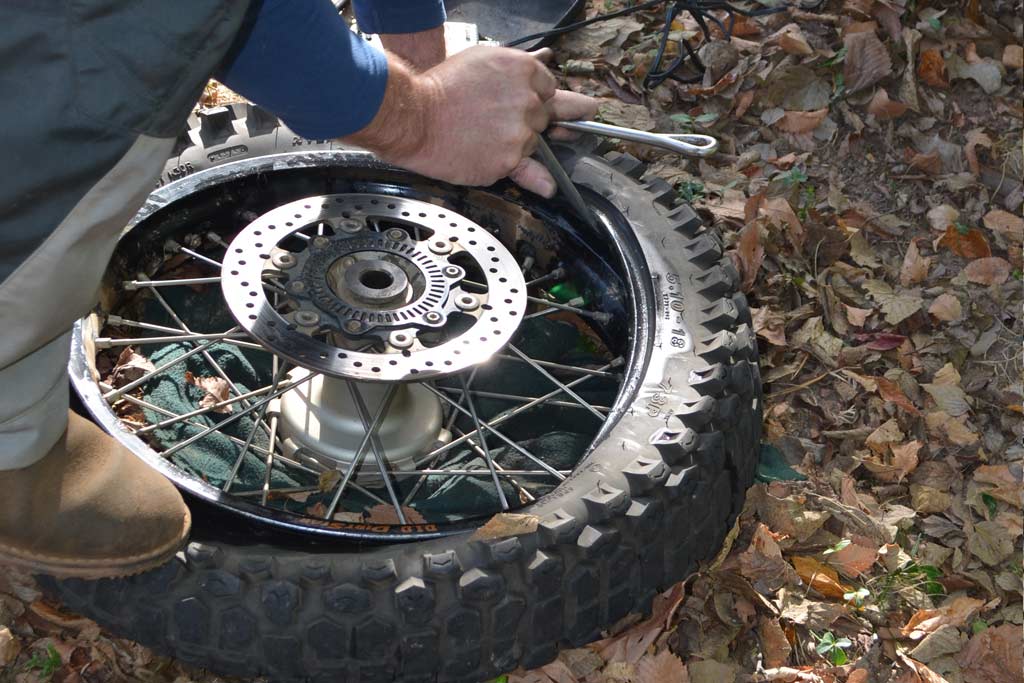Your car’s transmission is what allows it to shift gears and move forward. However, like any other mechanical component, it can develop issues over time. Here is a comprehensive guide to diagnosing common transmission problems.
Low Transmission Fluid

The first thing to check when you notice transmission problems is the fluid level. Low transmission fluid can cause slipping, jerking, and even complete failure of the transmission. Check the dipstick and add fluid if necessary.
Burnt or Discolored Fluid
If the transmission fluid is burnt or discolored, it may indicate a problem with the transmission. Burnt fluid can cause overheating and damage to the transmission. If the fluid is discolored, it may mean that there is contamination in the system. In either case, the fluid should be changed and the transmission inspected by a professional.
Strange Noises
Strange noises coming from the transmission can be a sign of a problem. Whining, buzzing, or clunking sounds could indicate worn or damaged components. If you hear any unusual sounds, have the transmission inspected by a professional.
Slipping Gears
If your car is slipping out of gear, it could be a sign of a worn or damaged clutch or other components. This can be dangerous and should be addressed immediately. A professional mechanic can diagnose and fix the problem.
Burning Smell

If you notice a burning smell coming from your car, it could be a sign of a transmission problem. Overheating or burning fluid can cause this smell. Have the transmission inspected by a professional to determine the cause of the problem.
Conclusion
Diagnosing transmission problems can be difficult, but identifying the symptoms early can prevent costly repairs down the road. If you notice any of the above symptoms, have your transmission inspected by a professional mechanic to determine the cause of the problem and prevent further damage.









